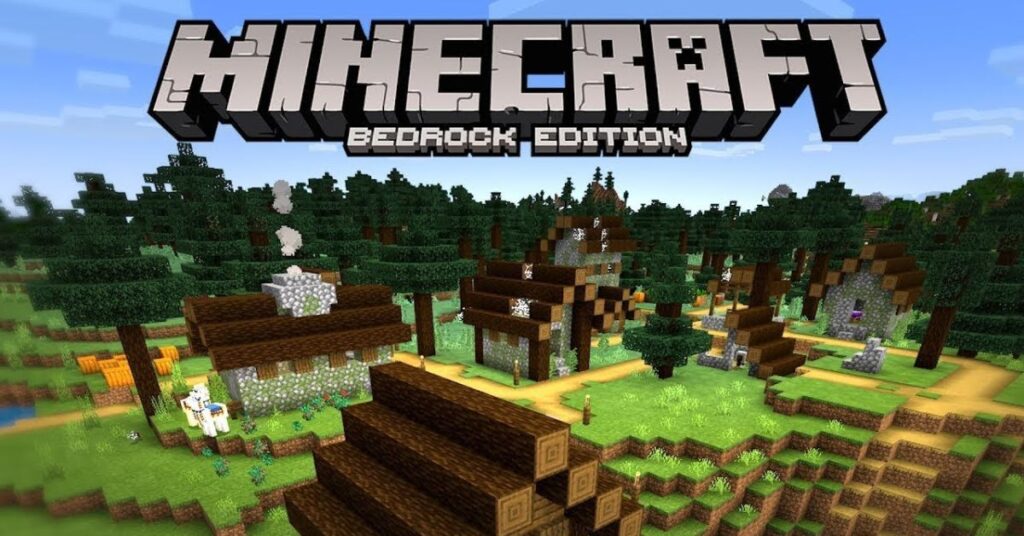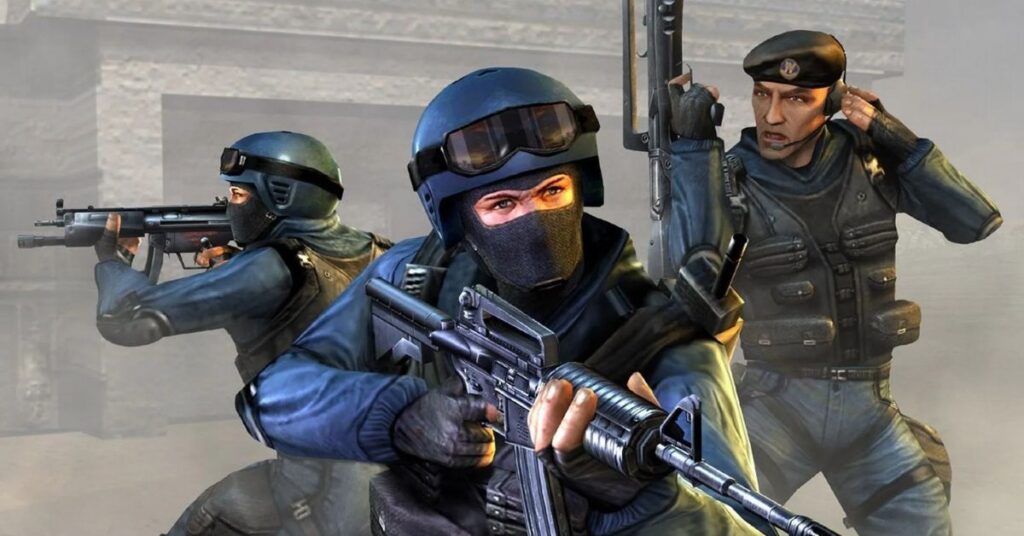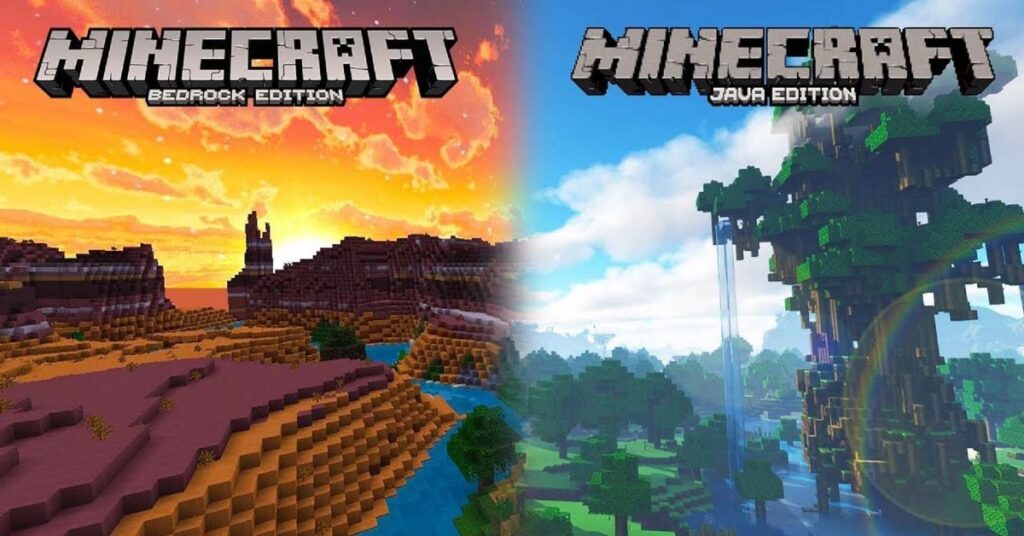Minecraft, the beloved sandbox game that has captivated millions of players worldwide, offers a rich and immersive experience across various platforms. The Bedrock Edition, released in 2011, brought cross-platform play and consistency to the Minecraft universe.
Among its many features, the game icons and banners stand out as essential elements that enhance both the aesthetic appeal and functionality of the game. This comprehensive guide will explore the intricacies of game icons and banners in Minecraft: Bedrock Edition, their uses, and how they compare to other versions of the game.
Understanding Minecraft: Bedrock Edition Game Icons
Game icons in Minecraft: Bedrock Edition serve as visual representations of various in-game elements, from items and blocks to mobs and status effects. These icons play a crucial role in the user interface, inventory management, and overall gameplay experience.
1. The Role of Game Icons
Game icons in Minecraft: Bedrock Edition serve multiple purposes:
- Visual Identification: Icons help players quickly identify items, blocks, and entities within the game.
- Inventory Management: In the player’s inventory, icons represent different items, making organization and selection easier.
- User Interface Enhancement: Icons are used throughout the game’s menus and interfaces to improve navigation and understanding.
- Status Indicators: Certain icons represent player status effects, such as hunger, health, or potion effects.
The thoughtful design of these icons contributes significantly to the game’s intuitive feel and ease of use, especially for newer players.
2. Types of Icons Available
Minecraft: Bedrock Edition features a wide array of icons, including:
- Block Icons: Representing various types of blocks in the game world
- Item Icons: Depicting tools, weapons, food, and other usable items
- Mob Icons: Illustrating different creatures and entities
- Effect Icons: Showing various status effects and enchantments
- Achievement Icons: Representing in-game accomplishments and milestones
Each icon is carefully crafted to be easily recognizable and consistent with the game’s signature pixelated aesthetic.
3. Customizing Icons for Personal Use
While Minecraft: Bedrock Edition doesn’t offer built-in icon customization, players can modify the game’s appearance through resource packs. These packs allow for the replacement of default icons with custom designs, enabling players to personalize their Minecraft experience.
Steps for icon customization:
- Create or download a custom resource pack
- Place the pack in the game’s resource pack folder
- Activate the pack through the game settings
- Enjoy your customized icons in-game
It’s important to note that custom resource packs may not be visible to other players in multiplayer settings unless they have the same pack installed.
Exploring Minecraft: Bedrock Edition Banners

Banners in Minecraft: Bedrock Edition are decorative blocks that add a layer of personalization and strategic functionality to the game. These customizable flags have become a staple for many players, used for everything from castle decorations to team identifiers in multiplayer games.
1. Introduction to Banners
Banners were introduced to Minecraft in version 1.8, and they quickly became a popular feature among players. In the Bedrock Edition, banners retain their versatility and customizability, allowing players to create unique designs that reflect their personal style or serve specific in-game purposes.
Key features of banners include:
- Customizable patterns and colors
- Ability to be placed on walls or stood upright
- Use as decorative elements or functional markers
- Integration with other game mechanics, such as map-making
2. Crafting and Designing Banners
Creating banners in Minecraft: Bedrock Edition involves a two-step process: crafting the base banner and applying designs.
To craft a basic banner:
- Gather six wool blocks of the same color and one stick
- Arrange the wool in the top two rows of a crafting table
- Place the stick in the bottom center slot
Designing banners:
- Use a loom to apply patterns
- Combine dyes with pattern items (like flowers or mob heads) for unique designs
- Layer up to six patterns on a single banner for complex designs
The variety of patterns and color combinations allows for nearly limitless design possibilities, encouraging creativity among players.
3. Strategic Uses of Banners in Gameplay
Beyond their decorative purposes, banners serve several strategic functions in Minecraft: Bedrock Edition:
- Territory Marking: In multiplayer games, banners can denote claimed areas or faction territories.
- Navigation Aids: Distinctive banner designs can serve as landmarks for navigation in large worlds.
- Team Identification: In competitive gameplay, banners can identify different teams or factions.
- Secret Messages: Players can use banner designs to convey hidden messages or signals to allies.
- Map Markers: When placed, banners appear as markers on maps, aiding in location tracking and navigation.
Related: Counter-Strike 1.6 (2003) Game Icons Banners

While not directly related to Minecraft: Bedrock Edition, it’s worth noting that game icons and banners play significant roles in other games as well. Counter-Strike 1.6, a classic first-person shooter, utilizes icons and banners differently but with similar importance to gameplay and player identification.
Advanced Customization: Icons and Banners
For players looking to take their Minecraft: Bedrock Edition experience to the next level, advanced customization techniques for both icons and banners offer exciting possibilities.
1. Advanced Icon Customization Techniques
While basic icon customization involves replacing existing textures, advanced techniques allow for more complex modifications:
- Animated Icons: Creating animated textures for items or blocks
- 3D Model Modifications: Altering the 3D models of items for unique appearances
- Custom GUI Elements: Designing entirely new interface elements with custom icons
These advanced techniques often require more in-depth knowledge of resource pack creation and may involve the use of third-party tools or mods.
2. Advanced Banner Crafting Techniques
Expert players have developed intricate techniques for creating complex banner designs:
- Gradient Effects: Layering similar colors to create smooth color transitions
- Pixel Art: Using multiple banners to create larger pixel art images
- Optical Illusions: Crafting banners that create 3D-like effects when viewed from certain angles
- Banner Combinations: Using multiple banners in proximity to create larger, more complex designs
Mastering these techniques allows players to create truly unique and impressive banner designs that stand out in the Minecraft world.
3. Integration with Other Game Elements
Advanced players often find creative ways to integrate icons and banners with other game elements:
- Redstone Mechanisms: Using banners as visual indicators for complex redstone contraptions
- Custom Maps: Incorporating specially designed banners into adventure maps or mini-games
- Armor Stand Displays: Combining banners with armor stands to create elaborate displays or statues
These integrations showcase the versatility of icons and banners in enhancing various aspects of gameplay and world-building.
Comparing Bedrock Edition with Other Versions

While Minecraft: Bedrock Edition shares many features with other versions of the game, there are some notable differences in how icons and banners are implemented and used.
1. Unique Features of Bedrock Edition Icons
Bedrock Edition has some distinct characteristics when it comes to game icons:
- Mobile-Friendly Design: Icons in Bedrock Edition are optimized for touch interfaces, making them slightly different from Java Edition icons.
- Marketplace Integration: Bedrock Edition’s marketplace allows for easier access to custom resource packs, including icon modifications.
- Cross-Platform Consistency: Icons are designed to look consistent across all platforms supported by Bedrock Edition.
2. Distinctive Banner Patterns in Bedrock Edition
While banner crafting is similar across versions, Bedrock Edition has some unique aspects:
- Pattern Availability: Some patterns may be available in Bedrock Edition that are not present in other versions, or vice versa.
- Crafting Interface: The loom interface in Bedrock Edition is designed to be more intuitive for cross-platform play.
- Color Variations: Due to rendering differences, some banner colors may appear slightly different in Bedrock Edition compared to other versions.
3. Cross-Platform Play and Icon/Banner Consistency
One of the key features of Bedrock Edition is its cross-platform compatibility. This affects icons and banners in several ways:
- Universal Recognition: Icons and banner designs need to be recognizable across different devices and screen sizes.
- Performance Considerations: Icon and banner designs are optimized to perform well on both high-end PCs and mobile devices.
- Synchronization: Custom icons and banner designs need to synchronize correctly across different platforms during multiplayer games.
Read This Blog: A Deep Dive into Minecraft (2009) Game Icons Banners
Related: Sven Coop Game Icons Banners: The Ultimate Visual Guide
While not directly related to Minecraft, the use of game icons and banners in other games like Sven Coop demonstrates the widespread importance of these visual elements in gaming experiences.
Practical Tips for Using Icons and Banners
To make the most of icons and banners in Minecraft: Bedrock Edition, consider the following tips and best practices.
1. Best Practices for Icon Use
- Consistency: When creating custom icons, maintain a consistent style to ensure a cohesive look.
- Clarity: Design icons that are easily recognizable, even at small sizes.
- Purpose: Consider the function of each icon and design it to clearly convey its purpose.
- Performance: Optimize custom icons to maintain good game performance, especially on lower-end devices.
2. Creative Banner Applications
- Storytelling: Use banners to enhance the narrative elements of your Minecraft worlds.
- Aesthetics: Incorporate banners into your builds to add color and personality to structures.
- Functionality: Utilize banners as directional markers or to categorize different areas in complex builds.
- Events: Create special banners for in-game events or celebrations in multiplayer worlds.
3. Using Icons and Banners in Multiplayer Settings
- Team Identification: Design unique banner patterns for different teams in multiplayer games.
- Rules and Instructions: Use banners with specific patterns to convey game rules or instructions in custom mini-games.
- Trading: Create a banner-based currency system for player-to-player trading on multiplayer servers.
- Community Building: Encourage players to create and display personal or clan banners to foster a sense of community.
FAQ’s
Can players share custom banners?
Yes, players can share banner designs by providing the crafting recipe or using banner copying techniques.
Are there any limitations to banner customization?
Banners are limited to six layers of patterns, and some combinations may not be possible due to game mechanics.
How do icons affect gameplay?
Icons primarily affect the user interface and item recognition, enhancing the overall gameplay experience and ease of use.
Can custom icons be used in multiplayer games?
Custom icons from resource packs are typically only visible to the player using them, unless all players have the same pack installed.
Are there differences in banner crafting between Bedrock and Java editions?
While the basic mechanics are similar, there may be slight differences in available patterns or crafting interfaces between editions.
Conclusion
Game icons and banners in Minecraft: Bedrock Edition play a crucial role in enhancing both the aesthetic and functional aspects of the game. From improving user interface navigation to allowing players to express their creativity, these elements contribute significantly to the rich and immersive Minecraft experience.
As we’ve explored, the versatility of icons and banners extends far beyond mere decoration. They serve as tools for storytelling, strategy, and community building within the game. The ability to customize these elements further empowers players to make their Minecraft worlds truly their own.

I’m Shoaib, a passionate blogger with 5 years of experience. I love writing about tech. My goal is to share useful information and insights with you. Explore my website to discover exciting content on various topics!



